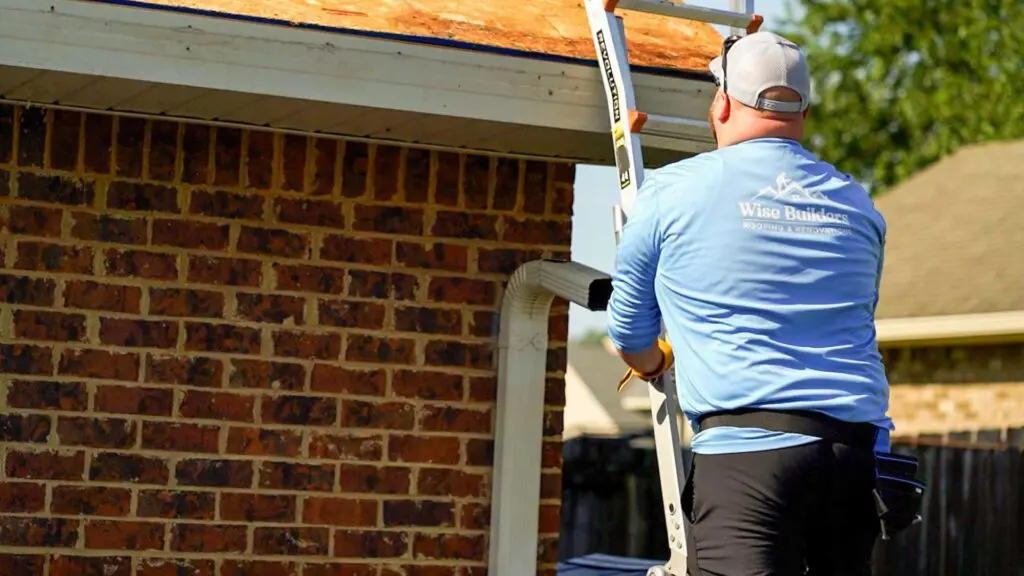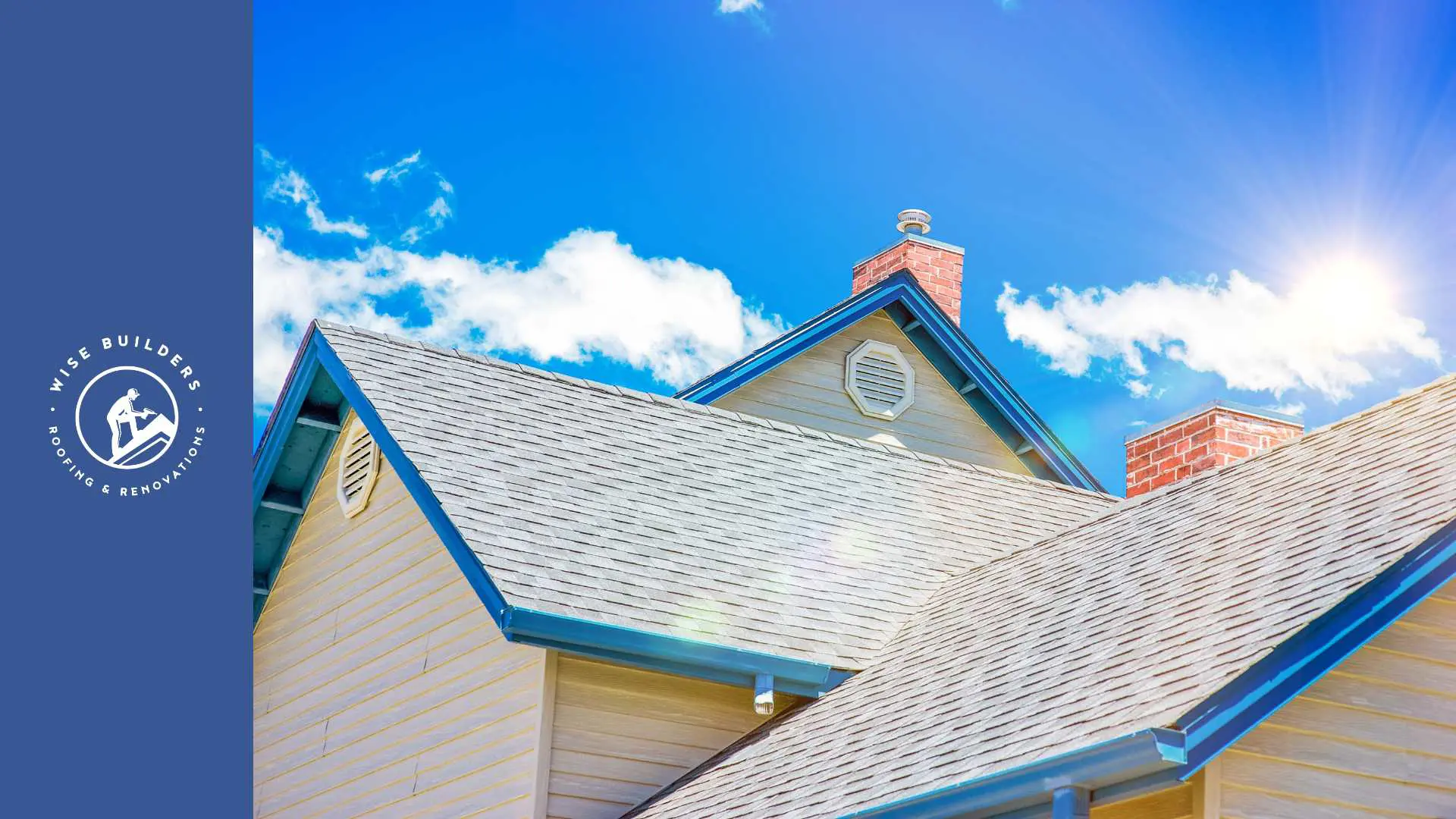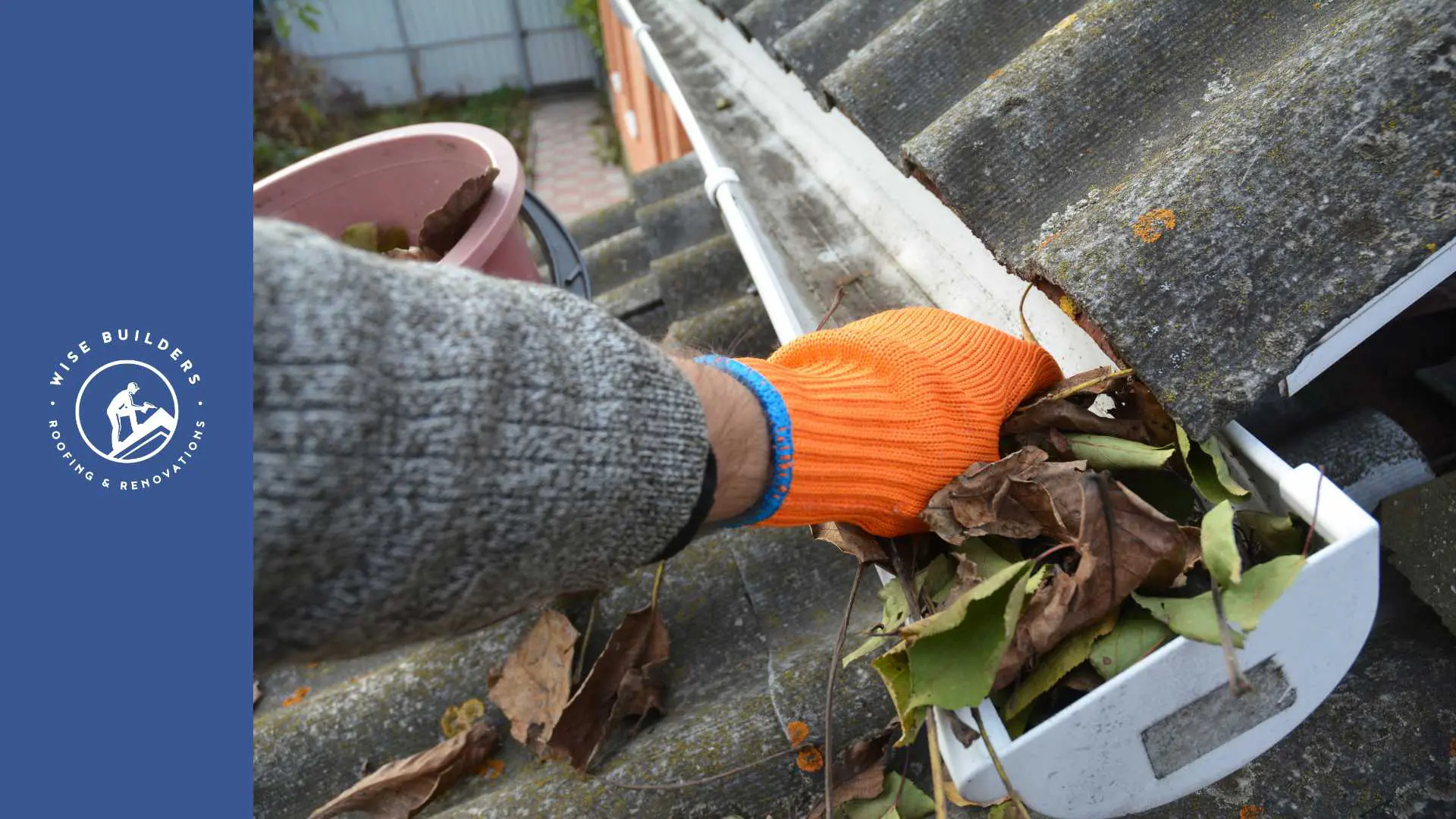Ensuring the integrity of your roof is paramount to maintaining the overall health of your home. Roofs endure the brunt of external elements, from scorching sun to torrential rains, making them susceptible to various types of damage. Regular inspections and prompt identification of potential issues are crucial in preventing minor problems from escalating into major repairs. This guide delves into the essential steps and signs homeowners should be aware of to effectively check for roof damage.
Visual Inspection: The First Line of Defense
Indoor Signs of Damage
- Water Stains and Leaks: Noticeable water stains on ceilings or walls often indicate a compromised roof. Leaks may not directly align with the damaged area due to water traveling along roof panels or beams.
- Mold and Mildew Growth: Excessive moisture can lead to mold and mildew, particularly in attics or on ceilings, signaling potential roof leaks.
- Light Penetration: Seeing daylight through the roof boards from inside the attic is a clear sign of missing or damaged shingles.
Exterior Examination
- Shingle Condition: Inspect shingles for signs of wear, such as cracking, curling, or blistering. Missing shingles are a direct exposure point for water ingress.
- Gutter Debris: Accumulation of shingle granules in gutters indicates advanced wear of the roof’s surface.
- Structural Issues: Sagging or uneven rooflines suggest structural concerns that require immediate attention.

Post-Storm Assessment
Storms, particularly those involving high winds and hail, can inflict significant damage on roofs. After a storm, conduct a thorough inspection to identify:
- Hail Damage: Look for dents or pockmarks on shingles and gutters, which can compromise the protective outer layer.
- Wind Damage: High winds can lift or remove shingles entirely, leaving the roof vulnerable to water damage.
- Debris Damage: Falling branches or flying debris can cause punctures or scrapes on the roofing material.
The Role of Flashing in Roof Integrity
Flashing, the material that seals transitions on a roof, is critical in preventing water from penetrating the roof structure. Check flashing around chimneys, vents, and where the roof meets walls for:
- Corrosion or Rust: Metal flashing can corrode over time, creating gaps where water can enter.
- Loose or Missing Pieces: Ensure flashing is securely attached and intact to maintain a watertight seal.
Professional Roof Inspection: A Necessity
While homeowners can perform basic inspections, the expertise of a professional roofing contractor is invaluable for a comprehensive assessment. Wise Builders Roofing and Renovations, serving Mobile, AL, specializes in thorough roof inspections, identifying both obvious and subtle signs of damage. Our experienced team can provide detailed evaluations, ensuring that all aspects of roof health are meticulously examined and addressed. We have built hundreds of fortified roofs. We are highly rated by the Better Business Bureau and Nextdoor and we have 5 stars on, Google, Trust Index and Facebook.
Conclusion
Regular roof inspections are essential in extending the lifespan of your roof and preventing costly repairs. By understanding the signs of roof damage and enlisting professional help when necessary, homeowners can ensure their roofs remain in optimal condition, protecting their homes for years to come. Trusting your roof’s care to experts like us guarantees peace of mind and the highest standard of maintenance for one of your home’s most critical components.










